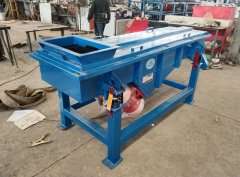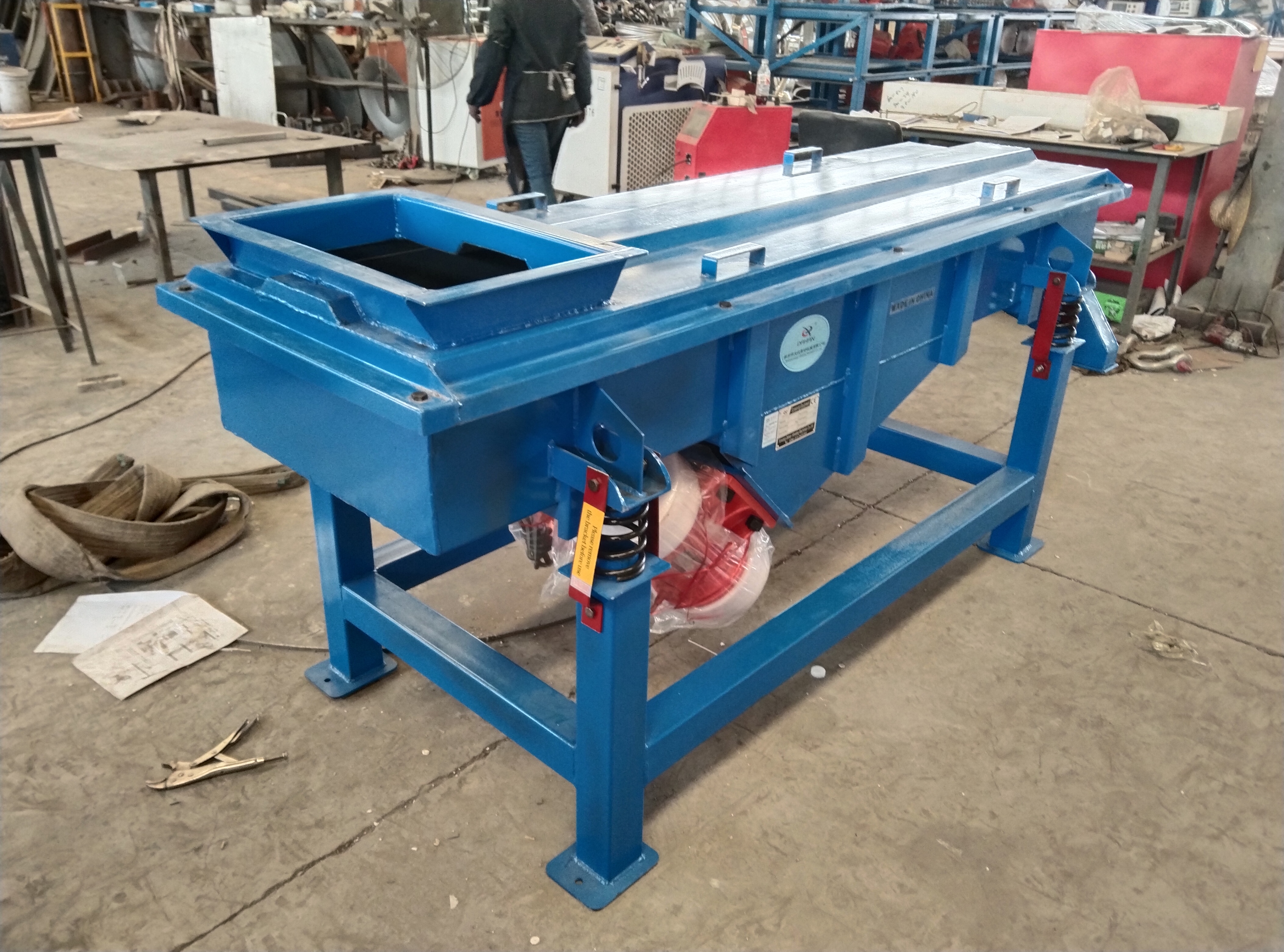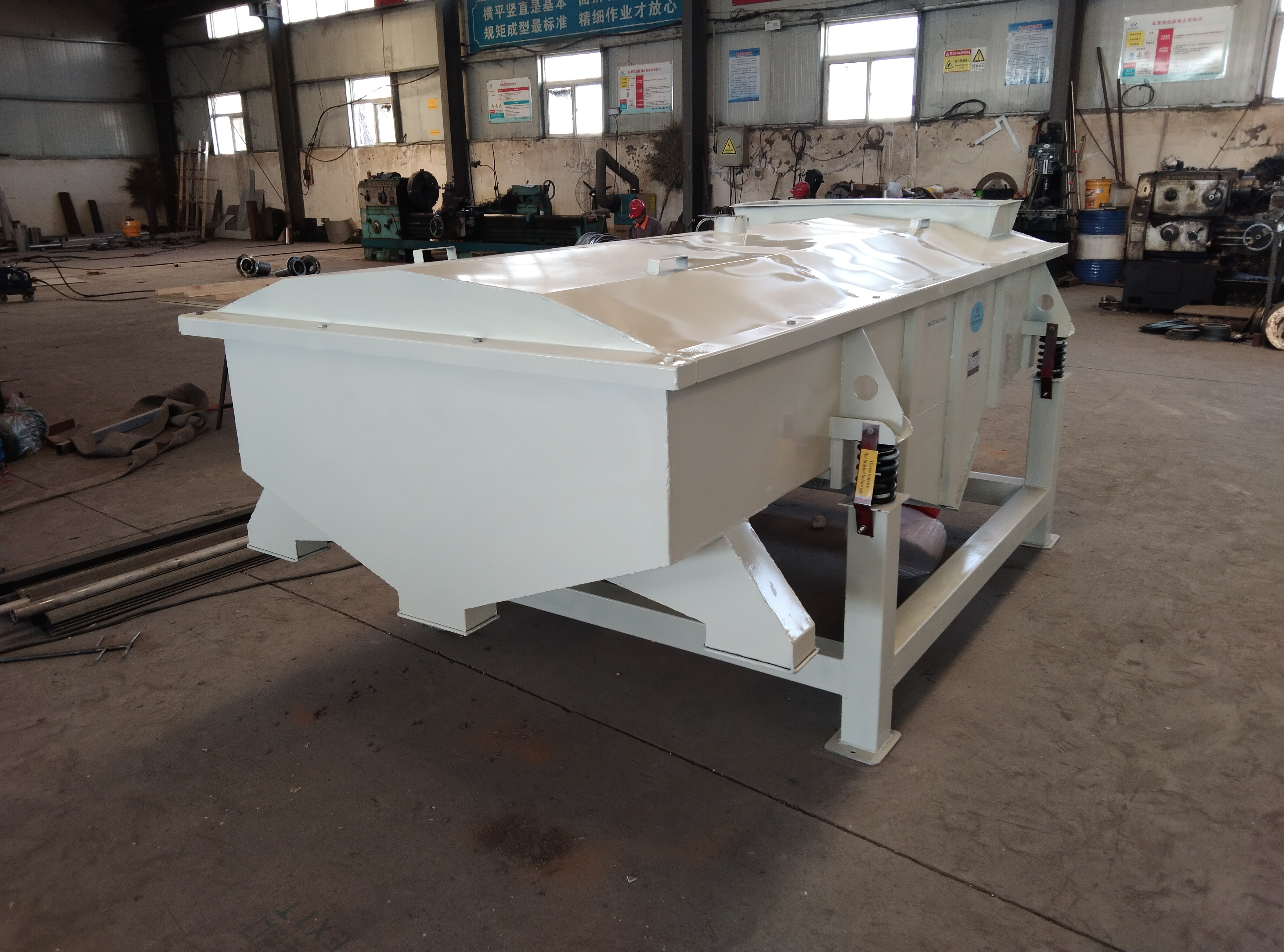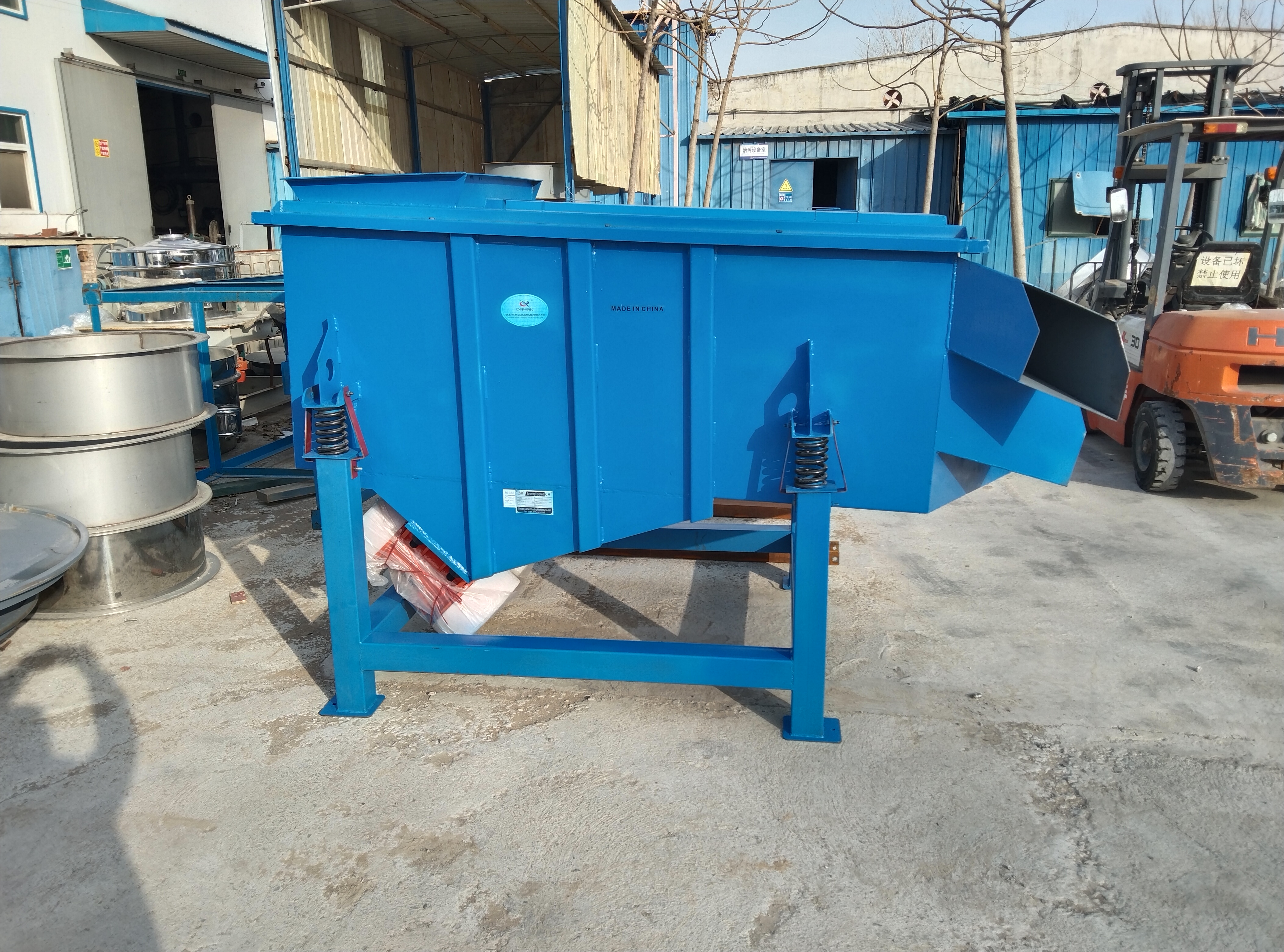
Vibrating screening machine for gravel is a grading equipment specially designed for gravel materials with a particle size of 2-200mm. Its core function is to achieve multi-level particle size separation through mechanical vibration. This equipment belongs to the sub-category of vibrating screening machinery. It uses an elastic vibration system to drive the screen surface movement and uses the physical property differences of gravel particles to complete accurate grading. The equipment can process common gravel materials such as river pebbles, limestone, and granite. It is suitable for hardness range of Mohs 3-7, and can meet the particle size control needs of engineering scenarios such as construction aggregates, road base materials, and concrete admixtures.

Working principle of Vibrating screening machine for gravel
The equipment drives the screen box to move through the periodic exciting force generated by the vibrator, forming a composite vibration trajectory. Taking the linear vibrating screen as an example, the dual motor synchronous counter-rotating structure makes the exciting force superimposed in the vertical direction, generating a linear motion along the screen surface. The screen surface inclination is usually set to 5°-15°, so that the material can be loosely layered during the throwing motion. The material movement presents a typical projectile trajectory, and the single jump distance can reach 3-5 times the amplitude of the screen surface, which effectively promotes the material agglomeration and particle size reorganization.
The screening process includes three stages: the initial forced vibration stage breaks the material agglomeration through high-frequency vibration, the mid-term free stratification stage realizes the separation of coarse and fine particles, and the final screening stage completes the precise classification. The screening efficiency is closely related to the vibration intensity. When the vibration intensity K value (ratio of vibration acceleration to gravity acceleration) reaches 4-6, the optimal screening state can be achieved. According to the characteristics of gravel, the equipment needs to be equipped with a suitable screen hole size, usually a square hole or round hole screen, and the opening rate is controlled between 60%-70%.
Vibrating screening machine for gravel structure
Screen box system
The Q345B low alloy steel plate welding structure is adopted, and the key parts are provided with reinforcing ribs to ensure that the deformation is less than 1/1000 when subjected to dynamic load. The length and width ratio of the screen box is usually controlled between 2.5:1 and 3:1 to optimize the material passing capacity. When configuring multiple layers of screens, 80-100mm spacing is retained between each layer for easy maintenance and repair. The adjustable range of the screen surface inclination is ±10° to adapt to the movement characteristics of different materials.
Vibration source configuration
The linear vibrating screen adopts dual vibration motors, and the synchronization accuracy is required to be controlled within 0.1mm. The motor installation angle can be adjusted within ±10°, and the material transportation speed is adjusted by changing the excitation force direction angle α (angle with the vertical direction). In a typical configuration, the material transportation speed can reach 0.3-0.5m/s when α=45°. The vibration frequency range is 13-16Hz, which can meet the screening needs of materials with different hardness.

Shock-absorbing support system
The selection of the rubber spring stiffness coefficient must meet the natural frequency ratio (equipment operating frequency/system natural frequency) in the range of 0.7-0.9 to effectively isolate vibration transmission. The spring height error is controlled within ±2mm to ensure balanced support force at the four corners and avoid tilting of the screen box.
Screen assembly
The modular screen frame design supports quick replacement, and the screen tension is controlled at 8-12kN/m. For gravel conditions, it is recommended to use a square hole screen. The wear-resistant treatment adopts the surface spraying tungsten carbide process, and the service life is extended by 3-5 times compared with ordinary screens. The screen hole size is customized according to engineering requirements. Common specifications include 5mm, 10mm, 20mm, 40mm, etc., to achieve multi-level particle size separation.

Application of Vibrating screening machine for gravel
Building aggregate production
In the 500-ton-per-hour production line, a three-stage screening system is configured: the first stage uses a 40mm bar screen for pretreatment, the second stage uses a 10mm square hole screen to separate the medium aggregate, and the third stage uses a 5mm screen to control the fine aggregate content. Through variable frequency speed regulation technology, the screening particle size can be adjusted in real time according to the concrete ratio requirements to ensure that the finished aggregate gradation modulus is stable in the range of 2.6-3.0.
Road base treatment
For the highway subbase material, a double-layer screening system is configured to achieve 0-31.5mm continuous gradation control. By adjusting the screen surface inclination and vibration frequency, the material transportation speed is controlled to ensure that the gradation deviation is ≤5%. The equipment processing capacity can reach 80-100 tons per hour, meeting the needs of large-scale road construction.
Hydraulic concrete production
In the production of hydropower station dam concrete, a precision screening system is configured to effectively control the mud content of fine aggregate through 0.6mm and 0.15mm grading. The screening efficiency can reach more than 85%, making the MB value of the finished sand stable below 1.0, ensuring the impermeability and durability of the concrete.
Tailings resource utilization
In the iron ore tailings treatment project, probability screening technology is used to achieve four-level separation through four layers of screens (5mm/2mm/0.5mm/0.074mm). The processing capacity reaches 80t/h, and the content of -0.074mm particle size in the screened material exceeds 65%, which can be used as cement admixture. Multi-level particle size separation is now available.
The application of vibrating screening machine for gravel requires technical adaptation in combination with characteristics such as gravel particle size, hardness and moisture content. The equipment can process gravel with a particle size range of 2-200 mm through adjustable screen surface inclination and vibration frequency, covering the particle size control requirements of scenes such as building aggregates, road bases, and hydraulic concrete. For high-hardness gravel such as quartz, the equipment uses wear-resistant screens and rigid structures; for materials with fluctuating mud content, a cleaning device and anti-blocking structure are configured. Through a multi-stage screening design, the equipment can achieve precise separation of coarse and fine particles.